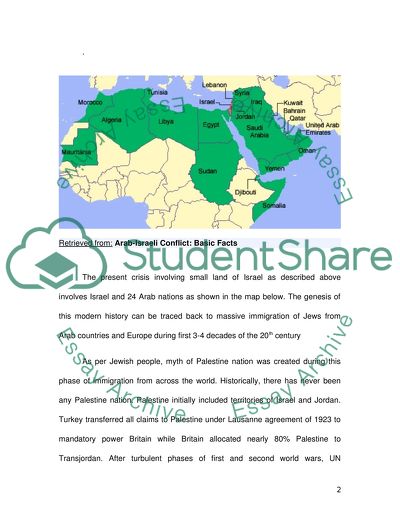Cite this document
(“What are the roots of the Arab-Israeli Conflict Essay”, n.d.)
What are the roots of the Arab-Israeli Conflict Essay. Retrieved from https://studentshare.org/politics/1508213-what-are-the-roots-of-the-arab-israeli-conflict
What are the roots of the Arab-Israeli Conflict Essay. Retrieved from https://studentshare.org/politics/1508213-what-are-the-roots-of-the-arab-israeli-conflict
(What Are the Roots of the Arab-Israeli Conflict Essay)
What Are the Roots of the Arab-Israeli Conflict Essay. https://studentshare.org/politics/1508213-what-are-the-roots-of-the-arab-israeli-conflict.
What Are the Roots of the Arab-Israeli Conflict Essay. https://studentshare.org/politics/1508213-what-are-the-roots-of-the-arab-israeli-conflict.
“What Are the Roots of the Arab-Israeli Conflict Essay”, n.d. https://studentshare.org/politics/1508213-what-are-the-roots-of-the-arab-israeli-conflict.


